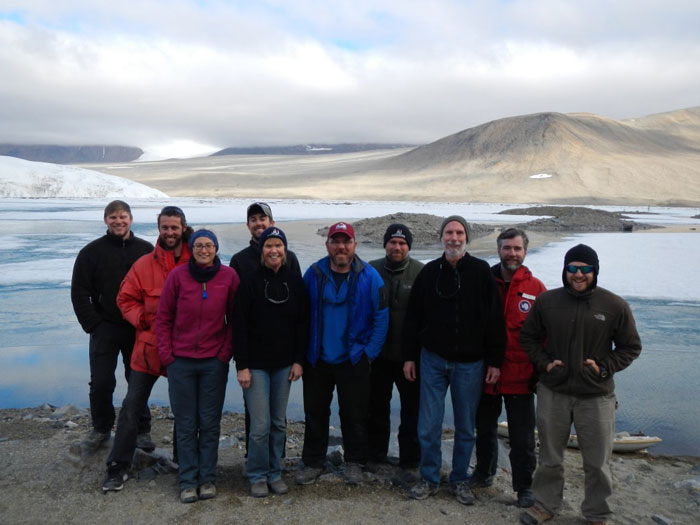The Church of Jesus Christ of Latter-day Saints…in Antarctica?
As Latter-day Saints we’re told to spread the gospel to all corners of the Earth, and that includes continents where there are no permanent residents.
In the continent unclaimed by any one nation, Antarctica has been a neutral ground for countries all over the world, being the international meeting place for scientists who are studying the delicate environment.
The continent is home to the harshest environment that very few species can adapt to, specifically penguins and whales, and only about 2% of the landmass isn’t covered in ice and snow. But in this unforgiving environment thrives a community of scientists, who number between 1,000-5,000 individuals depending on the season.
Within the continent, recreation and religion are foundational social structures and are heavily depended on in such a reclusive environment. In a small community named McMurdo, a chapel was originally built in 1965 as a past-time for the biologists and engineers present during their research season, but burned down in 1978.
About a decade later, the Chapel of the Snows was rebuilt and has been a meeting place for not only non-denominational Christians, but also for Buddhists, Catholics, Protestants, and Latter-day Saints.

Dr. Byron Adams, Adler Dillman, and John Chaston, all professors at BYU and Latter-day Saints visit the area and take advantage of the chapel. The scientists understand the significance of being members and having the Chapel of the Snows available to them while they research abroad. According to LDS Living, Dr. Dillman spoke concerning religion and traveling to such a difficult area,
[pull_quote_center]While of course our relationship with Heavenly Father and Jesus Christ transcends geographic and cultural boundaries, it was nice to ‘gather together as followers’ even in such a removed place.[/pull_quote_center]
The best way that the scientists have found to share the gospel has been through their example. Because the temporary population is so minuscule, relations are formed closely with those who are present in the community. Dr. John Chaston told LDS Living,
[pull_quote_center] As you might expect, when you have a lot of people in tight quarters there are lots of opportunities to talk about lots of things. The most memorable experience was speaking with someone who was also a faithful disciple of Christ. We spoke about the Spirit, and how even though some may discount the feelings of the Spirit, once you’ve felt it, you know you’ve felt it and you know it’s real. It was a sweet experience for both of us to share that.[/pull_quote_center]
In an environment so difficult and rare, scientists from the international spectrum see awe, beauty, and danger in their every day surroundings. The professors return to the States feeling renewed and inspired by Heavenly Father’s creations as they’ve been able to break away from busy and more populated areas, and will never forget the experiences they’ve had while being in the isolated communities of Antarctica.
To read the detailed story, please visit ldsliving.com


